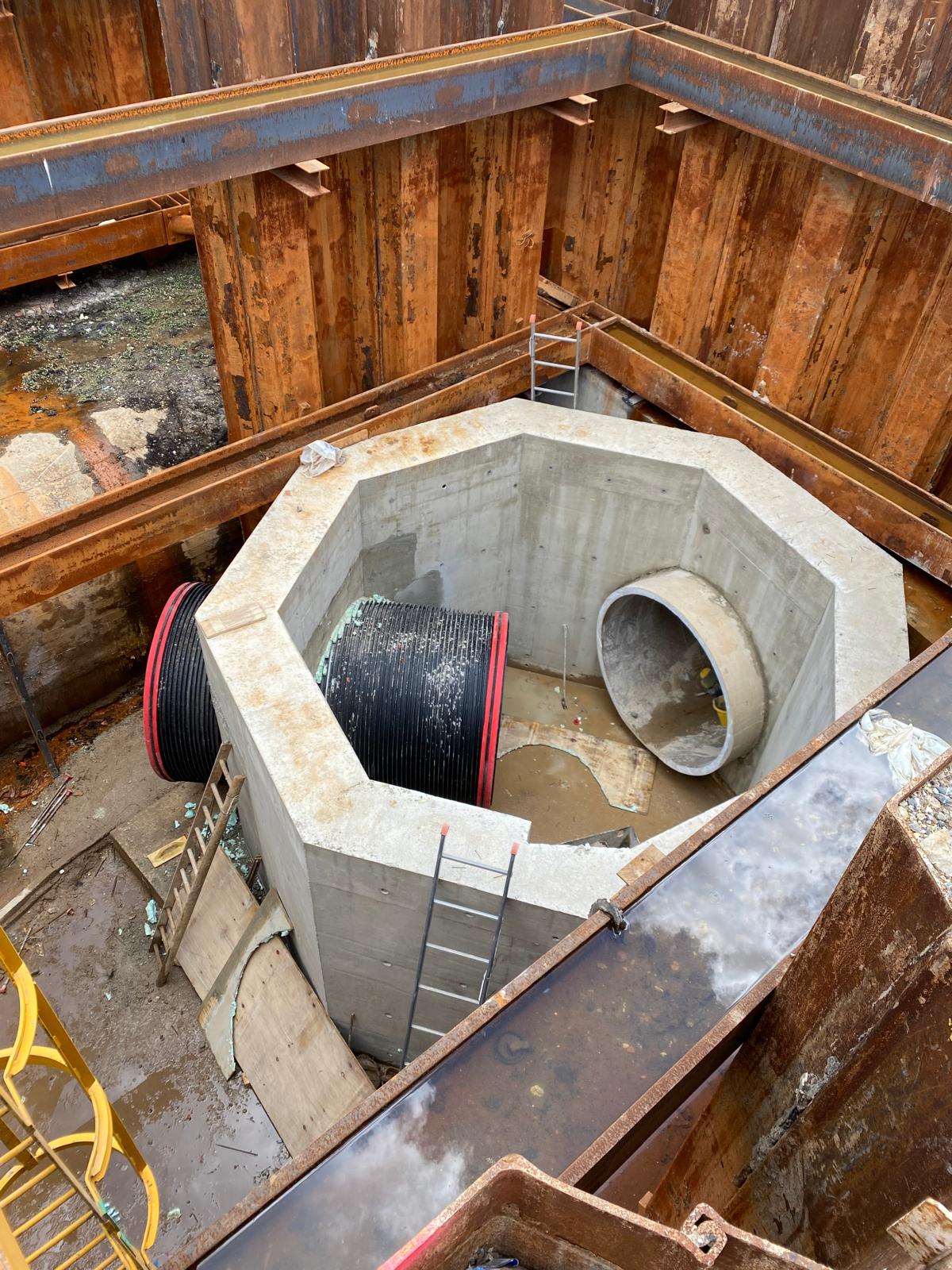
Our Retaining Wall Services
We offer a full range of retaining wall services across London and the UK, handling everything from design to installation.
1. In-House Design - Our in-house structural engineers design every wall based on detailed site data and project goals. This gives us complete control over quality and ensures the wall works for your London site conditions.
2. Construction and Installation - We build and install retaining walls using the latest reinforced concrete techniques. Our work is precise, clean, and compliant with all UK building regulations.
3. Basement Retaining Wall Solutions - If you plan a basement in London, we can build strong, waterproof retaining walls that prevent soil collapse and protect the structure from groundwater.
4. Sustainable Wall Construction - We work with UK-based suppliers to use environmentally responsible materials, reduce site waste, and design walls that last, minimising maintenance and environmental impact over time.

